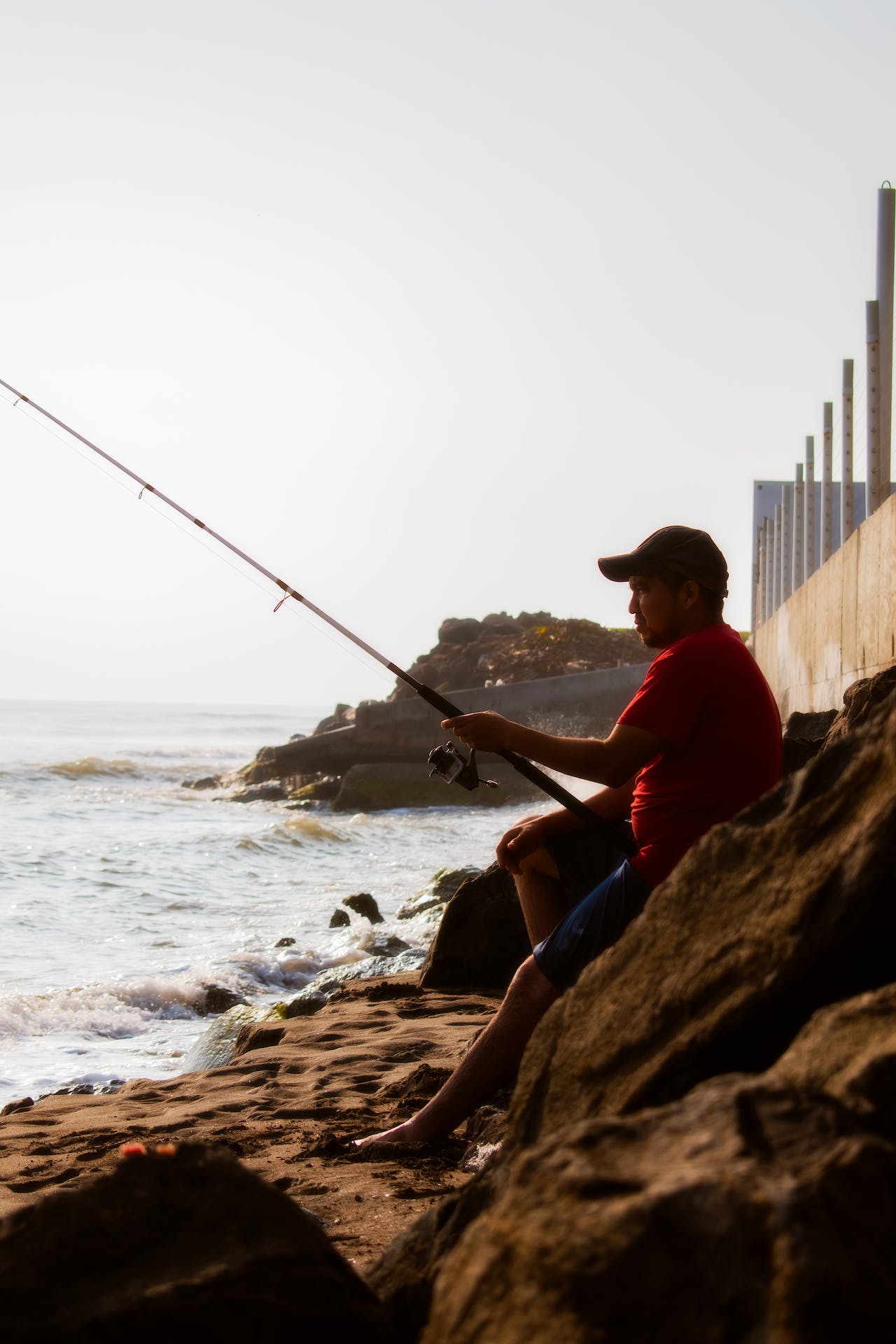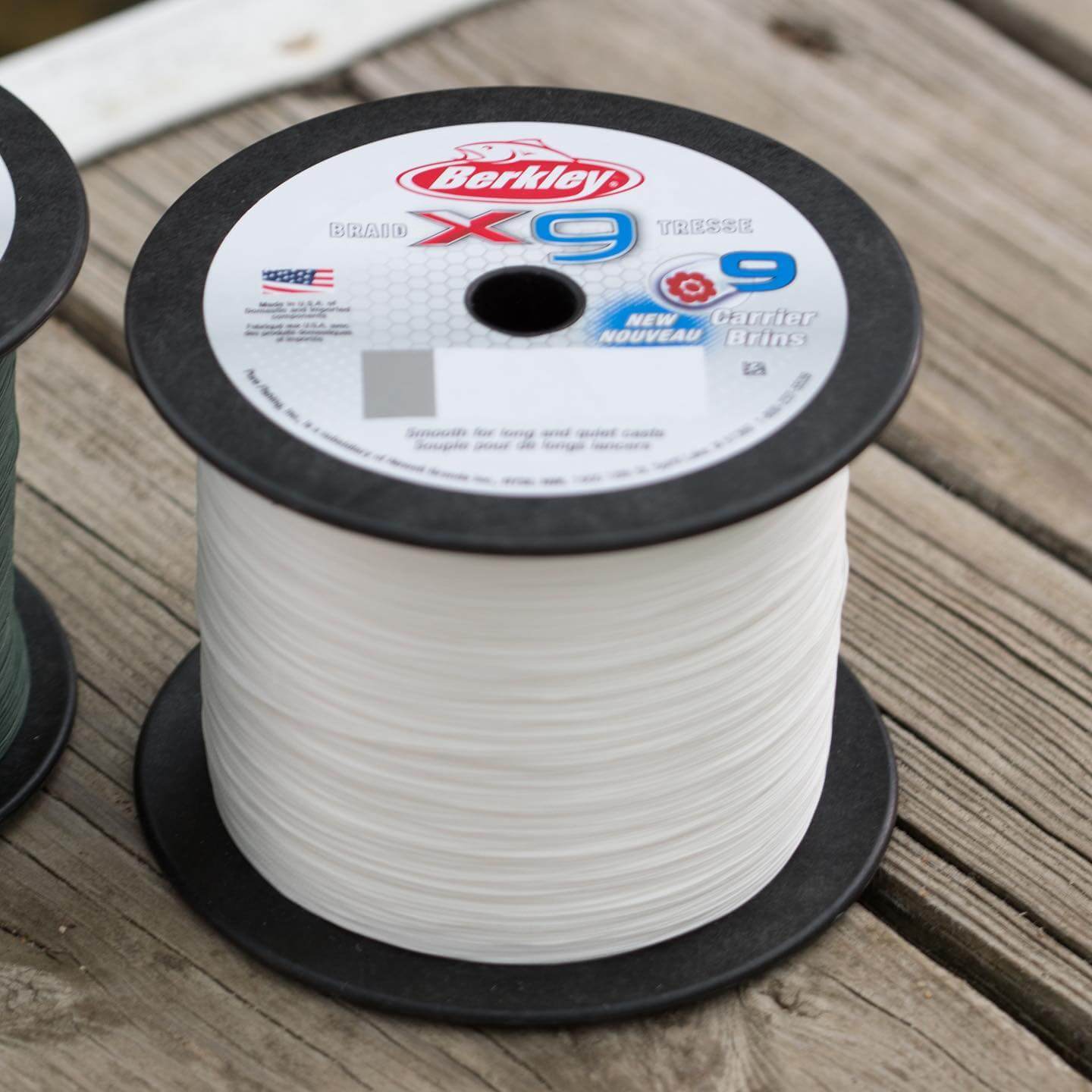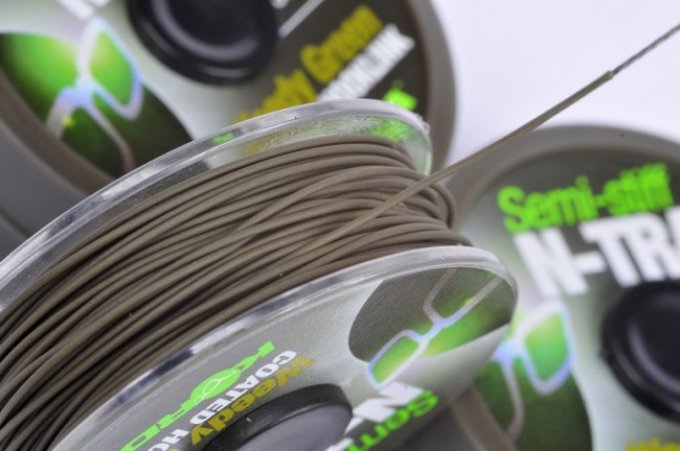
Rockfishing is a type of sea fishing that often involves stalking fish on rocky bottoms, in harbours or other areas with hiding places. Rich in thrills and excitement, it's a multi-faceted pastime that novice and experienced anglers alike can discover or perfect. To ensure success on these fishing trips, the choice of braid is central to the angler's equipment.
In this article, we take a look at the various aspects involved in choosing a good braid for rockfishing, focusing on the essential features including noise, casting distances, price and alternatives. So, which braid should you choose for rockfishing?
The benefits of a braid suitable for rockfishing

A quality braid must meet a number of criteria to be considered suitable for rockfishing. It's a concept that can also be applied to other techniques, such as fine fishing for freshwater predators. These are :
- Strength: braid must be both structurally and mechanically strong. It must be able to withstand considerable stress without breaking, especially when a fighting fish is involved. This will be the case on a regular basis, with a wide variety of fish species sometimes bigger than you might have thought. Regular obstacles also make it necessary to opt for braids with more abrasion-resistant fibres, which are becoming increasingly common in manufacturers' offerings.
- Flexibility: braid that's too stiff or too thick makes it difficult to handle, especially when it comes to making knots and other complex arrangements. The aim is to remain discreet, so opt for the greatest possible consistency in resistance and diameter.
- Sensitivity: It is essential that the braid is sensitive enough to detect the slightest touch or vibration from the fish and allow the angler to react quickly accordingly, so tighter fused braids are preferred for better feedback.
- Visibility: The colour and visibility of the braid are also important, as they make it easier to follow movements in murky water and provide better line control. And night fishing is commonplace in rockfishing, requiring good visibility of your line. That's why Power pro has developed an ultra-efficient braid glow-in-the-dark line.
Types of braid to consider for rockfishing
Among the different types of braid available on the market, we'll list three categories that are particularly suitable for rockfishing:
1. Classic plain braids

These braids are available in a variety of diameters and strengths, depending on the use you wish to make of them and the size of fish targeted. They are the most popular and widely used. Generally made from synthetic fibres such as Dyneema or Spectra, they offer excellent resistance to abrasion and tearing while retaining good flexibility. It's a safe bet.
You can also use multi-coloured graduated braids, which make it easier to judge how far your rig or lure is from the bottom, improving your accuracy and efficiency when rockfishing. Your drifts are better controlled and obstacles avoided with greater ease.
Our current selection :
- Braid Favorite X1 PE 4X Light Green 150m
- Braid Westin W6 8 Braid Lime Punch 135m
- Braid Spiderwire Durabraid 275m Moss Green
2. Sheathed braids

Coated with a thin plastic sheath around the braid, these braids are even more resistant to abrasion and last longer. They are particularly suitable for very rocky seabeds where the risk of snagging is high. This means there's less risk of breakage when casting
3. Fluorocarbon
.jpeg)
This is the ultimate alternative to braid. These line bodies have the advantage of being virtually invisible underwater, as they have the same refractive index as water. What's more, they are less affected by UV rays than polyethylene braids (Dyneema, Spectra) and therefore offer better resistance to ageing. Their flexibility is also appreciated in rockfishing, although you need to be careful about quality. Without elasticity, there's no loss of feel, unlike nylon.
Our current selection :
- Fluorocarbon Waterqueen PVDF 100m spool
- Thread Varivas Dead Or Alive Fluoro Carbon 150m
- Spool of Fluorocarbon YGK Olltolos 100m
Make the right choice according to your experience and preferences
Choosing the ideal braid for rockfishing can depend on a number of personal parameters:
- Your level of experience: if you're a beginner or have little experience of specific rockfishing techniques, you can start with a classic plain braid, which is easy to handle and already performs well. This will ensure that you don't lose your first fish and lures too quickly. After that, it's a good idea to explore other types of braid to find the one that best suits your fishing style and the challenges you face in the field. Don't forget to renew your braid regularly. The vagaries of time, salt and sun are constant aggressors on the quality of glide and resistance.
- Your preferences in terms of colour and visibility: some people prefer discreet braids that are almost invisible underwater, while others opt for multicoloured, flashy or even fluorescent braids that are easier to see in shady areas or in low light conditions.
- The size of the fish you are targeting and the fishing environment: you will need to adapt the strength, diameter and length of your braid to the constraints of the terrain (rocky bottom, seaweed, sand) and the size and power of the fish you are targeting.
Finally, don't overlook the importance of keeping your braid well maintained to prolong its life. Regular washing with clean water after each rockfishing session and proper storage (straight, without excessive twisting or bending) will prevent premature deterioration of its properties. Don't forget to dry your equipment before storing it in the garage.
